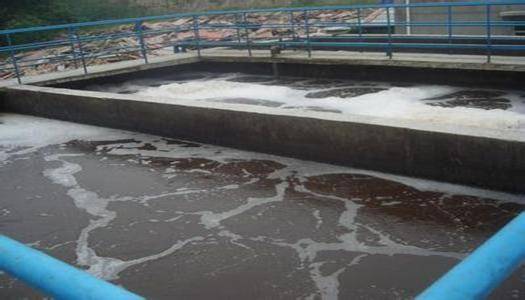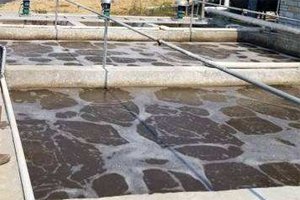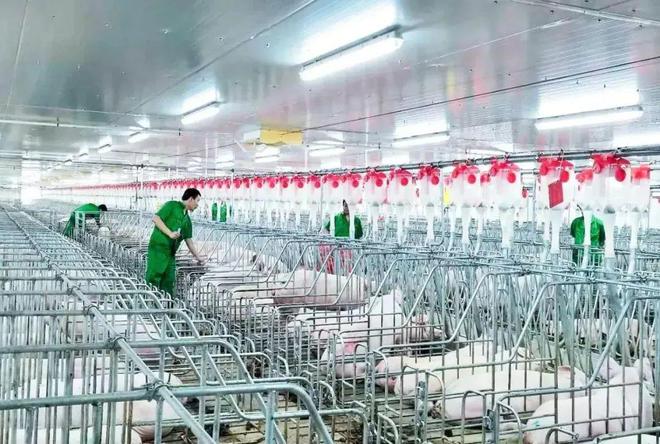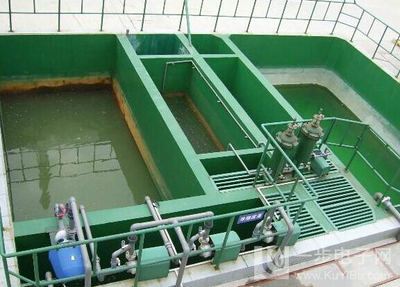Aquaculture wastewater pollutants and treatment technology

Aquaculture wastewater, as a highly concentrated organic wastewater, is rich in a large number of pathogens and washed by rainwater into water bodies, which is easy to seriously cause the deterioration of groundwater or surface water quality. Due to the large amount of nitrogen, phosphorus and water-soluble organic matter in feces and urine, coupled with the strong leachability of livestock feces and urine, it is not properly treated, and enters the groundwater layer through surface runoff and percolation, which will seriously pollute the groundwater.
1. Treatment process of aquaculture wastewater - pre-treatment
In view of the large particulate matter or the matter that is easy to settle in the wastewater, the livestock and poultry industry adopts filtration, centrifugation, precipitation and other solid-liquid separation technologies for pretreatment, and the commonly used equipment is grid, sedimentation tank, screen and so on. The grille is an essential part of the sewage treatment process, its role is to block the coarse floating and suspended solids in the sewage, so as not to block the holes, gates and pipes, and protect the related machinery and equipment.
2. Aquaculture wastewater treatment process - anaerobic treatment technology
Anaerobic treatment technology has promoted the development of a series of high-load anaerobic reactors based on increasing sludge concentration and improving the mixing effect of wastewater and sludge, and has been gradually applied to livestock sewage treatment.
It is characterized by low cost, small footprint, low energy demand, and can also produce biogas; Moreover, the treatment process does not require oxygen and is not limited by oxygen transfer capacity, so it has a high organic load potential and can degrade organic matter in some parts that cannot be degraded by aerobic microorganisms. Commonly used methods are: completely mixed anaerobic digester, anaerobic contact reactor, anaerobic filter, upflow anaerobic sludge bed, anaerobic fluidized bed, upflow solid reactor and so on.
3. Aquaculture wastewater treatment process - aerobic treatment technology
The basic principle of aerobic treatment is to use microorganisms to decompose organic matter under aerobic conditions, while synthesizing their own cells (activated sludge). In aerobic treatment, biodegradable organic matter can eventually be completely oxidized to simple inorganic matter. The method mainly includes activated sludge process and biological filter, biological turntable, biological contact oxidation, sequencing batch activated sludge, A/O and oxidation ditch, etc. In the biological treatment of livestock and poultry wastewater by aerobic technology, the process combining hydrolysis and SBR has been studied more.
(SBR process, that is, sequential batch activated sludge method, is an intermittent activated sludge process improved and developed based on the traditional Fill-Draw system, which transforms the sewage treatment structure from a space series to a time series, and conducts a cycle of inlet, reaction, precipitation, drainage, idle and so on in the same structure.)
When SBR is combined with hydrolysis, the hydrolysis process has a high removal rate of CODCr, the total phosphorus removal rate of SBR is 74.1%, and the removal rate of high concentration ammonia nitrogen is more than 97%.
4. Aquaculture wastewater treatment process - mixed treatment method
Mixed treatment is based on the amount and specific conditions of livestock waste water, designed by the above three, or to them as the main body and combined with other treatment methods to optimize the combination of livestock waste water. This method can achieve better results with lower processing cost.
As COD, BOD and other indicators in wastewater are seriously exceeded, the amount of suspended matter is large, the content of nitrogen and phosphorus is rich, and the content of ammonia nitrogen is high and difficult to remove, it is difficult to meet the discharge requirements by simply using physical, chemical or biological treatment methods. Therefore, the wastewater treatment of general farms requires the use of a combination of treatment methods. According to the characteristics and utilization ways of livestock and poultry wastewater, the above different treatment technologies can be used.
Other related products:
If you want to know more product details, please contact us



